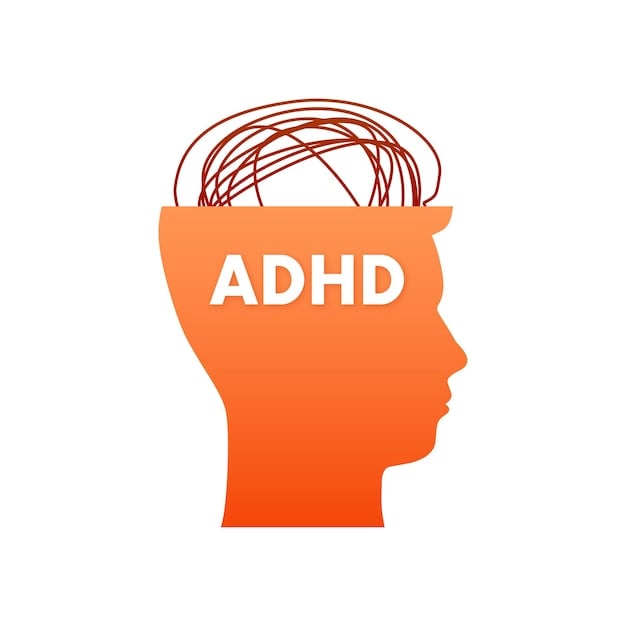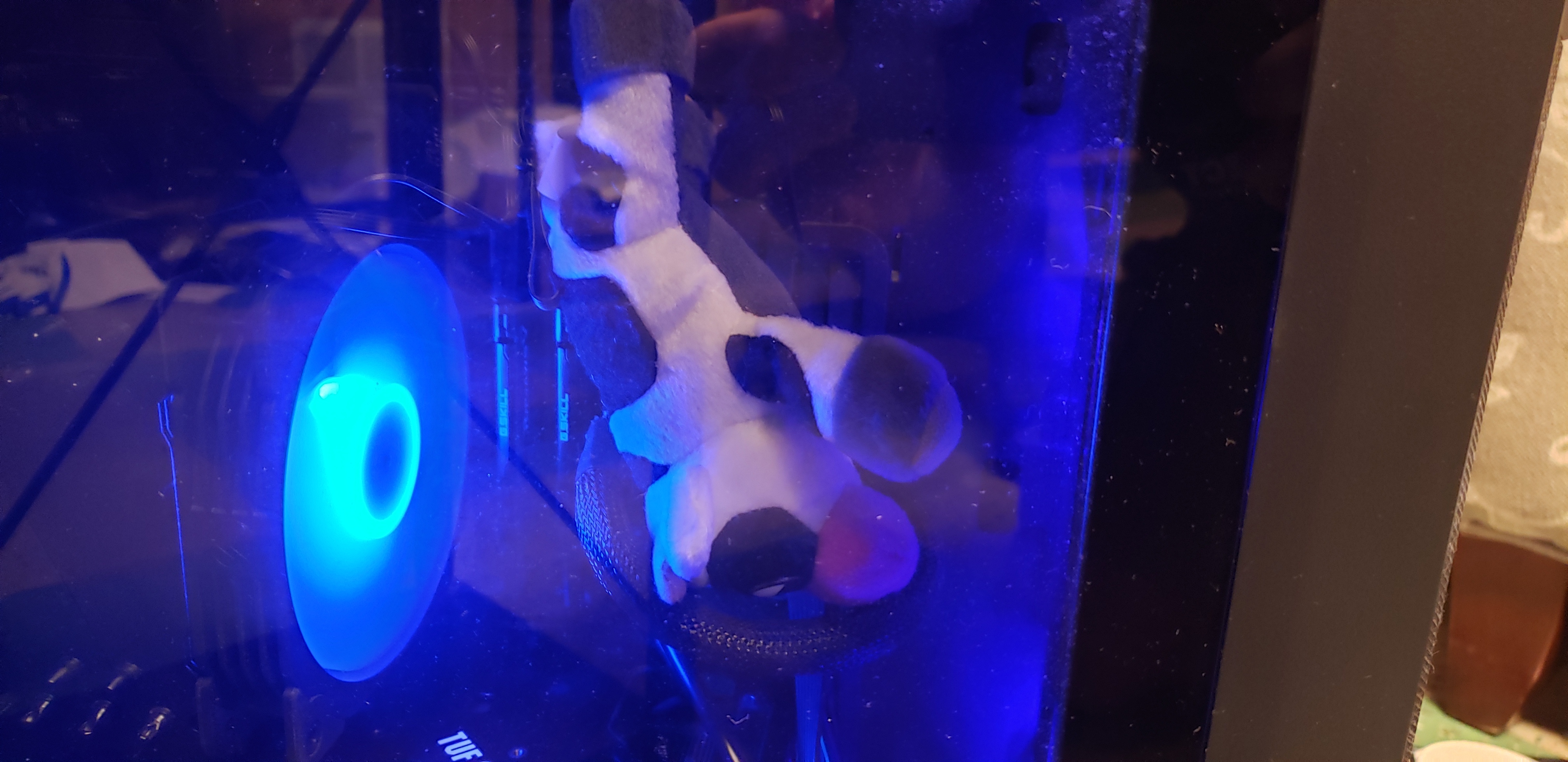Half a year ago I stumbled upon two notetaking tools of which one improved my life’s quality, so I thought I share my experience with the community. I’m not sponsored by either of these projects.
Both of these tools are powerful extendable markdown editors with a daily journal, calender function, TODO list and a knowledge base similar to a Wiki. Every page or block can be crosslinked, referenced or embedded. That way, I can keep an overview over my daily tasks with all necessary information directly accessible.
The one tool I use daily now, is Logseq. I synchronize my notes among all my devices via git. Works great under Linux, but I needed to install termux on Android. They are working on a sync service for logseq, which should make it more interesting for most users. There is one caveat though: It’s not on Google’s PlayStore, nor on f-droid.
The other similar tool, which I can recommend because it is more easily available, is Obsidian. The company also offers a sync service for premium users. I found one missing feature which is more a niche, but still a bummer: Code blocks cannot be indented.
What do you think? Do you use similar - maybe even better - note taking tools?
I wish I could stick with something like this. I used to get in trouble as a kid for not keeping track of stuff better. What good is a notebook when you forget to check it, or even write down stuff in the first place?
I most recently installed Joplin and thought it would be life changing. I gave up pretty quick because I suck.
Did I write this? Hello me.
Hello me! How are the toenails doing?
This one is less featured by Workflowy is where I’ve been keeping notes for about five years.
It’s basically just a huge infinitely nested bullet list. They’re adding more features now but I don’t use them.
It’s good for:
- Making a plan to reach an objective. Each node can have an infinite tree of subnodes, so tasks you’re unsure how to complete can be broken down again and again until it’s all five-minute chunks.
- recording knowledge. For me at least the tree structure works well for writing down details, then caveats and exceptions on the details, etc.
- interlinking the knowledge. You can type (( then it opens up search for any node text with autocomplete. Once you pick the other node, that node is hyperlinked to your current spot and the whole subtree exists there. One thing that’s useful for is if I have a list like “my tasks today” and then each item is a task that exists as a sub task of a sub task somewhere else.
- retrieving information. The search is fast. I’m good at standardizing my own language so I often know what exact wording I would use. So if I have a product idea I can search “product idea: waffles made of …” and it will find that exact idea from the last time I had that idea and forgot
The fact that you used a bulleted list to describe what you like about Workflowy basically tells the whole story
I just found out about obsidian while I was looking into Lemmy stuff. Do you have any resources that give a crash course on obsidian?
Hi! First Lemmy comment, please forgive any formatting issues. I’ve gone head-first into Obsidian over the past 6 months, here are some of my favorite resources:
- Nicole van der Hoeven has LOTS of great videos on YouTube.
- The “Obsidian for Beginners” playlist from Linking Your Thinking.
- Vicky Zhao has a video that’s of reasonable length and heavily example-driven, which helped me.
Now, most Obsidian users and content creators have very opinionated ways of structuring what Obsidian refers to as “Vaults” (think of a Vault as a root folder). Some people follow the Zettelkasten method, others follow the ideas set-forth by Linking Your Thinking, some go with the GTD methods…I have some advice here. Try not to get tripped up on structuring things and doing everything “perfectly.”
My autism + ADHD absolutely love to sidetrack me and get me bogged down in trying to follow a method or structure perfectly. Try not to let perfect be the enemy of good enough. By writing things down and reminding yourself to consult what you’ve written, you’re already making huge accomplishments.
Best of luck!! 😁
Obsidian is really nice. Being able to keep all kinds of disparate notes together in one place is so useful. For local syncing between devices, I’ve just got my obsidian vault on a samba share running on a RPi 3 I’ve got sitting on my network.
I just use Syncthing between my devices.
I started off using Obsidian and really enjoyed it for a long time, but I eventually realized that I disliked needing to constantly move my hand between my mouse and keyboard to interact with the application. I still think it’s a strong application that I would recommend for others with the patience to create their own workspace. Currently, I use Emacs Org Mode and Org Roam as my personal knowledge and task management software at home (I use Logseq at work because Emacs runs horribly on Windows). It doesn’t have as much visual customization options as Logseq or Obsidian, but I see that as a positive since that forces any customization I want to make to be more focused on improving my productivity rather than making the interface look nicer. It also doesn’t have many good mobile options, so I’ve been thinking about learning mobile development to try and give a crack at changing that.
deleted by creator





